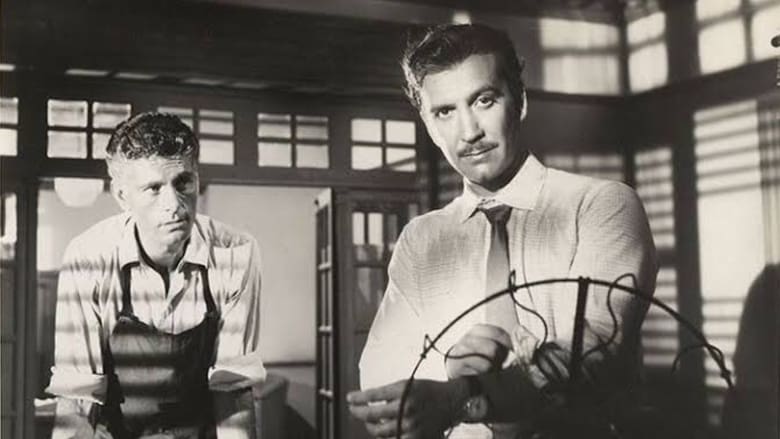
The recently recovered Argentine masterpiece, Los tallos amargos (The Bitter Stems) is one of the most imaginative and psychological movies of the classic film noir era. This is not a story about your garden variety lust or greed. In The Bitter Stems, a man’s own insecurities drive him into one crime, and then a more grave one. Finally, those insecurities spiral into a lethal paranoia.
Gaspar (Carlos Cores), a grasping Argentine journalist, conspires with Hungarian immigrant Liudas (Vassili Lambrinos) to concoct a fraud that will make them a quick and easy fortune.
From the audience’s perspective, Gaspar already has it pretty good. He’s a well-known journalist with a spacious apartment and a gorgeous girlfriend (Julia Sandoval). But Los tallos amagos lets us inside Gaspar’s dreams; he is obsessed with matching up to his father, a heroic German military figure. Gaspar is a self-absorbed mama’s boy, and he measures his own life against his father’s and finds himself inadequate. Some film scholars see this as a metaphor for Argentina’s self-appraisal vis-à-vis Europe. Gaspar’s wants to match his father’s status by becoming a wealthy bigshot, which drives him to embrace the fraud.
Liudas has originated the scam, and works tirelessly to implement it. He only needs Gaspar as the front man, leveraging Gaspar’s journalistic celebrity. The scheme starts generating profits beyond their wildest dreams.
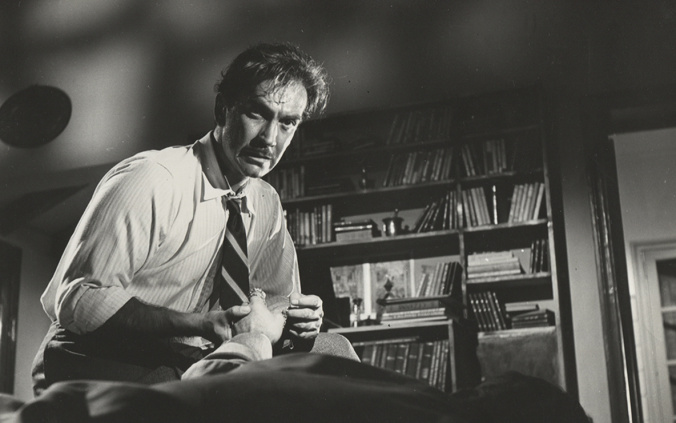
So, things are going great for Gaspar until his insecurities trigger his overthinking. The charismatic Liudas has done all the work and made Gaspar rich; is Liudas’ generosity too good to be true? Will Gaspar’s “perfect crimes” be discovered? Is a new character seeking vengeance? It turns out that Gaspar is inventing imagined threats and that his real nemesis is himself.
Gaspar’s internal time bomb ticks away until the tension becomes unbearable, resulting in a shocking and ironic ending that would have been far too dark for any Hollywood film of the era.
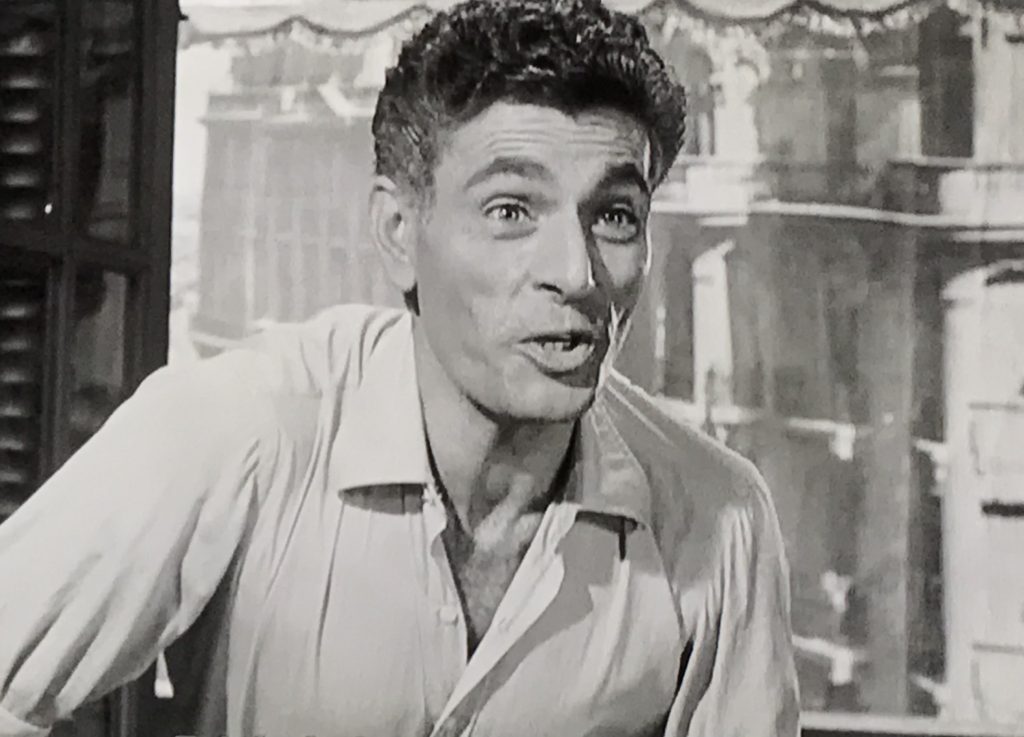
Lambrinos’ performance is particularly sui generis. Eddie Muller tells a wonderful story about Lambrinos seeing Los tallos amargos for the first time on the big screen and the first time with an audience at age 90 in New York after its restoration. Primarily a dancer and choreographer, Lambrinos only garnered 15 screen acting credits in Argentina, Greece and the US; coincidentally, one of them is another of my favorite “lost” films, They All Laughed.
Los tallos amargos was listed as one of the “50 Best Photographed Films of All-Time” by American Cinematographer. It won the Silver Condor (the Argentine Oscar) for both Best Picture and Best Director (Fernando Ayala).
This was a very early film for director Fernando Ayala, who went on to establish himself as one of Argentina’s major directors. Cinematographer Ricardo Younis had studied under Greg Toland, who originated the groundbreaking techniques in Citizen Kane. Ayala and Younis combined to create the film’s storied dream sequence – one of the most surreal in cinema (see images below).
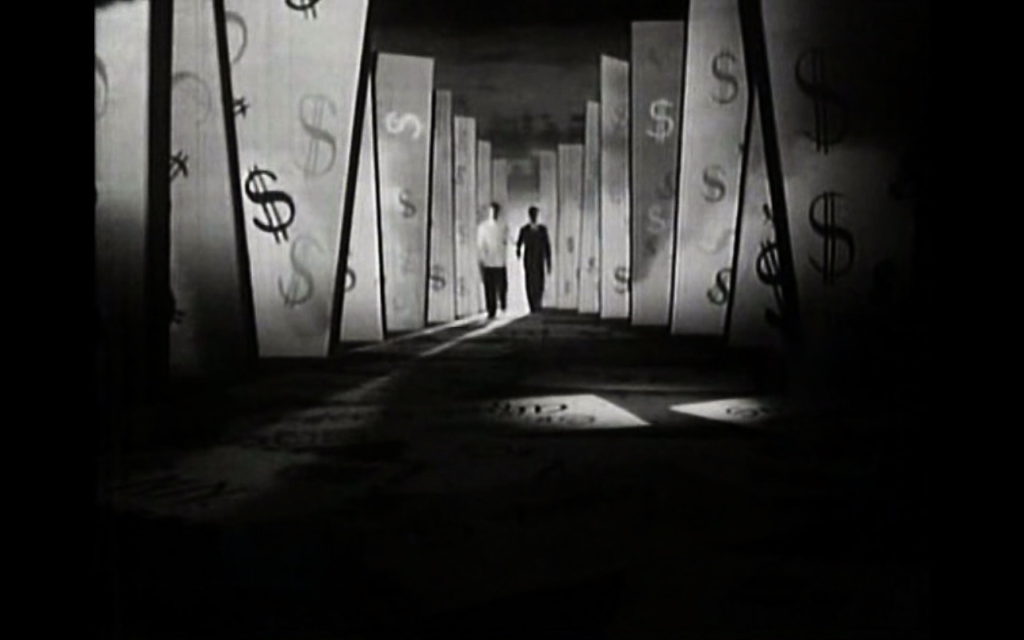
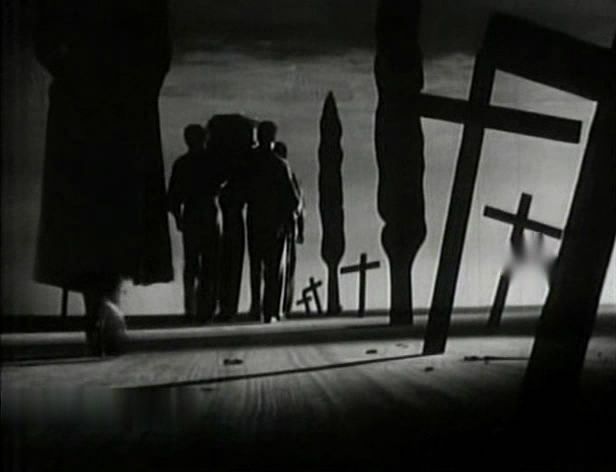
Los tallos amargos was thought to be lost until a print was discovered in a private collection in 2014 and restored with the support of Muller’s Film Noir Foundation. I saw it – and was enthralled – at the 2016 Noir City film festival in San Francisco. That was probably TLos tallos amargos’ US premiere and probably the first time that it was projected for any theater audience in over fifty years.
Los tallos amargos is a masterpiece, but almost nobody has seen it in fifty years. Along with another Argentine noir, The Beast Must Die, Los tallos amargos is newly available on DVD from the Film Noir Foundation.
